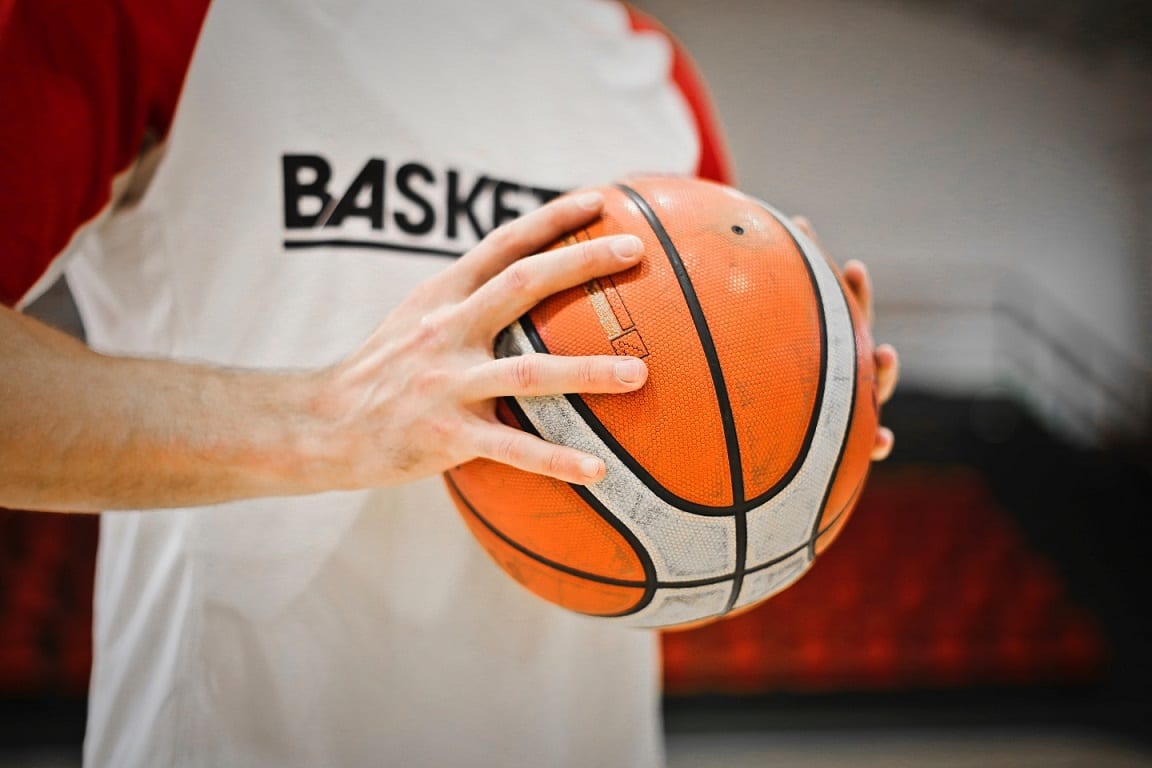
Netball is one of the most popular sports in New Zealand, with more than 300,000 people participating in the game annually. The 2019 season is well underway, bringing with it countless exciting moments for players and spectators alike.
To the uninitiated, netball might seem like a fairly gentle, non-contact sport but – as players know all too well – this couldn’t be further from the truth. The jumping, pivoting, pace and inevitable collisions involved with netball make it an intensely physical sport and, unsurprisingly, injuries are common.
The good news is that there are a number of things you can do as a player to reduce the risk of injury. Read on to learn more about some of the most common netball injuries and what you can do to prevent them.
1. Ankle sprains
Ankle sprains are one of the most common sports injuries. An ankle sprain occurs when the ligaments that hold your ankle bones and joints together are stretched or torn. In netball, this typically happens when you land awkwardly, change direction quickly or step on another player’s foot.
Prevention
There are many exercises you can do to reduce the risk of an ankle sprain. Strengthening exercises such as calf raises, lunges and single-leg half squats can help build strength in the surrounding muscles, ligaments and tendons, while standing on one leg can help develop balance and your proprioceptive sense. Remember that your choice of footwear also plays a key role in preventing ankle sprains and other lower body injuries.
2. Patellar tendinitis
Patellar tendinitis, otherwise known as jumper’s knee, is inflammation of the patellar tendon, which connects your kneecap to your shinbone. When you jump and run, the patellar tendon and the surrounding muscles help extend your knee and propel you into the air, and absorb the force of landing when you come back down. If these muscles are overused, or if you have a muscular imbalance or poor running and/or jumping mechanics, you may develop chronic pain and tenderness around the knee.
Prevention
Preventing patellar tendinitis involves regular stretching and muscle building exercises. Stretching your quads, calves and hamstrings alleviates tension in your muscles and reduces stress on the patellar tendon. In addition, movements such as eccentric squats on a slanted board, single leg glute bridges and clamshells can help strengthen your quads and hamstrings and reduce the risk of injury.
3. Shin splints
Most commonly associated with running, shin splints also affect thousands of Kiwi netball players. Shin splints are caused by stress on the tibia (shinbone) and the connective tissues that attach the muscles to the bone. Repetitive stress causes the muscles in your legs to swell up, which puts pressure on your tibia and eventually leads to pain and inflammation.
Prevention
Preventing shin splints revolves around warming up properly before your games and training sessions, and taking the time to fully stretch your hamstrings and calves. It’s also important to avoid suddenly increasing exercise intensity and giving your body plenty of time to rest in between bouts of physical activity. Exercises like calf raises, donkey kicks, hip thrusts and clamshells are excellent for building strength in your calves and hip muscles and preventing shin splints.
4. Rotator cuff injuries
The rotator cuff is a group of muscles and tendons that surround the shoulder joint and allow the shoulder to move. Rotator cuff injuries in netball are usually caused by the repetitive movements of passing and shooting.
Prevention
There are many exercises that can help strengthen your rotator cuff and reduce the risk of injury. Band pulls, band rows and band internal and external rotations are all excellent exercises that can be used to build strength without applying excessive pressure to the shoulder joint.
Contact your local ACC physio
While there’s no silver bullet for injury prevention, taking a proactive approach to your health and wellbeing can do wonders for keeping you safe on the court. In the event that you do sustain a sports injury, Dynamic Physio is here to help you treat the issue and provide you with the insight you need to minimise the risk of injuring yourself again in the future.
Have you suffered an injury playing your favourite sport? We are fully ACC registered – book an appointment today and we’ll get you back in the game.
